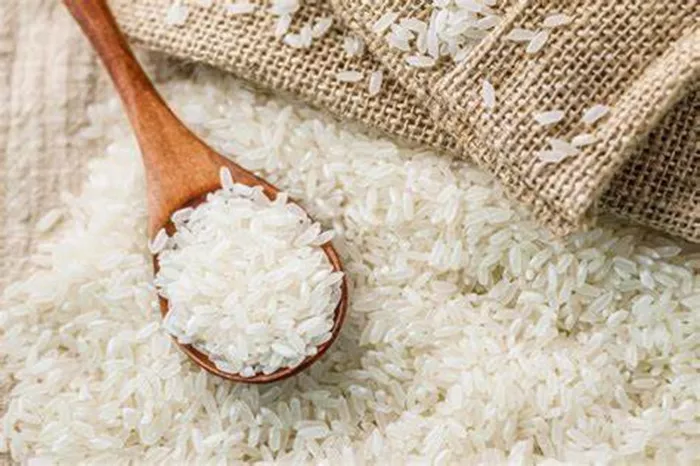For many runners, the belief that “physical fitness” equates to performance metrics—such as speed and distance—is prevalent. However, a more comprehensive view of fitness reveals that true health and longevity encompass a range of physical attributes beyond mere running statistics. To maintain running health and improve performance, incorporating specific exercises into training regimens is vital.
The American College of Sports Medicine (ACSM) identifies five components of physical fitness that contribute to overall well-being and athletic prowess:
- Cardiovascular Endurance
- Muscular Endurance
- Muscular Strength
- Flexibility
- Body Composition
While these components are fundamental, it’s essential to note that different health organizations may categorize them differently. For instance, the U.S. Department of Health and Human Services merges muscular strength and endurance into a category called “musculoskeletal fitness” and adds “balance” and “speed” while excluding body composition.
Understanding these five components is crucial for runners aiming to enhance their performance and overall health. Experts explain how each aspect contributes to optimal body function during exercise and daily activities.
1. Cardiovascular Endurance
Cardiovascular endurance measures how effectively the heart and lungs supply oxygen during extended physical activity. According to Milica McDowell, D.P.T., a physical therapist and exercise physiologist, improvements in cardiovascular endurance lead to physiological adaptations, including increased heart stroke volume, greater capillary density, and enhanced mitochondrial production within cells.
Runners are advised to establish a strong cardiovascular foundation to increase mileage and reduce fatigue. Implementing varied training methods, such as speed intervals and extended runs, is crucial to avoid plateaus and promote continued improvement.
2. Muscular Endurance
Muscular endurance refers to the ability of muscles to perform repeated contractions over time. Activities like running, walking, and lifting require a certain level of muscular endurance to maintain performance without fatigue. Adequate hydration, oxygen, and nutrient intake are vital for sustaining muscle activity.
To develop muscular endurance, runners should focus on accumulating time spent on their feet and consider cross-training options, such as cycling or elliptical workouts, particularly when injuries arise. Strength training with higher repetitions and lower weights can also enhance endurance effectively.
3. Muscular Strength
Muscular strength indicates the maximum force a muscle can generate. Strength requirements vary based on activity; for instance, powerlifters need more strength than recreational athletes. Strength training is essential for all individuals, supporting functional daily activities and promoting independence, especially in older adults.
Runners should not overlook strength training, as building muscular strength can significantly enhance running performance. A recent study highlighted that varied strength training, including high-load lifting and plyometrics, improves running economy. As strength increases, runners can achieve greater efficiency and better absorb impact forces during runs.
4. Flexibility
Flexibility allows joints to move through their full range of motion without discomfort. Limited flexibility can hinder athletic performance and increase injury risk. Many modern lifestyles, characterized by prolonged sitting, contribute to reduced flexibility and mobility.
To counteract this, runners should incorporate dedicated mobility practices, including active stretching and foam rolling, into their routines. Particular focus should be given to hip and ankle mobility, as deficiencies can compromise running efficiency and elevate injury risks.
5. Body Composition
Body composition refers to the ratio of body fat to lean muscle mass, with healthy ranges varying based on factors such as age and sex. Maintaining an optimal body composition is essential for health, as excessive body fat can lead to metabolic issues, while too little can disrupt hormonal balance.
Runners are encouraged to focus on preserving muscle mass while managing body fat. Working with a dietitian can help ensure that runners meet nutritional needs without resorting to harmful practices that could hinder performance.
In conclusion, runners should prioritize a well-rounded fitness approach that incorporates all five components. By doing so, they can improve not only their running performance but also their overall health and quality of life. Adapting training regimens to include strength, flexibility, and endurance activities ensures a sustainable and effective running practice.
Related Topics
When is it Safe for Children to Begin Weight Training?


































